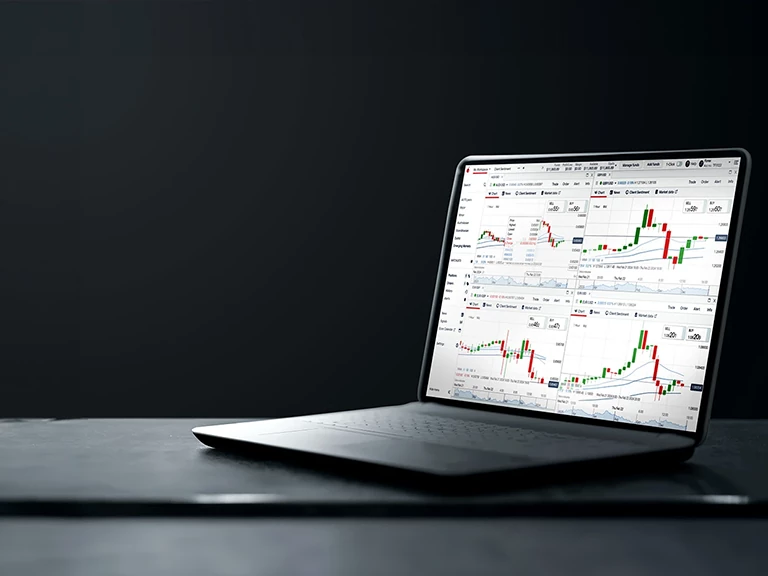Starting out in Forex can feel overwhelming, but it doesn’t have to be. Placing your first trade in the Forex market is a major step, and it’s more than just hitting “buy” or “sell.” To trade successfully, you need to understand how orders work, how much to trade, and how to manage risk effectively—right from the beginning.
This beginner’s guide will walk you through the essentials of Forex trading step by step, focusing on practical strategies rather than hype.
1. Market vs. Pending Orders: Entering the Market the Right Way
Market Orders
Executed immediately at the current price.
When to use:
- You want instant entry.
- You’re trading during peak liquidity.
- You’ve done your analysis and don’t want to miss the move.
Pending Orders
Set instructions that activate when the price reaches a specific level.
| Order Type | Use Case |
| Buy Limit | Buy below current price (pullback entry) |
| Sell Limit | Sell above current price (resistance fade) |
| Buy Stop | Buy above current price (breakout) |
| Sell Stop | Sell below current price (breakdown) |
💡 Pro Tip: Pending orders help beginners avoid emotional, impulsive trades.
2. Position Size: How Much Should You Trade?
Trade size isn’t about confidence—it’s about risk tolerance. One of the most common beginner mistakes is trading too big. This is where lot sizes matter.
| Lot Type | Units | Pip Value (EUR/USD) | Suggested Account Size |
| Standard | 100,000 | \~\$10 per pip | \$10,000+ |
| Mini | 10,000 | \~\$1 per pip | \$1,000–\$5,000 |
| Micro | 1,000 | \~\$0.10 per pip | \$100–\$1,000 |
| Nano | 100 | \~\$0.01 per pip | <\$100 (rare) |
👉 For beginners, micro lots are usually the safest choice.
3. Stop-Loss and Take-Profit: Protecting Your Trade
Every trade should have two exit strategies:
Stop-Loss (SL): Automatically closes a trade at a set level to limit loss.
Example: Buy EUR/USD at 1.1000 with SL at 1.0970 → risk of 30 pips.
Take-Profit (TP): Locks in gains when the price reaches a target.
Example: TP at 1.1060 → potential profit of 60 pips.
💡 Aim for a 1:2 risk-to-reward ratio. If you risk 30 pips, target at least 60.
4. The 1% Rule: Manage Risk Like a Pro
Smart risk management is essential. A golden rule is:
Never risk more than 1–2% of your account on a single trade.
| Account Size | Max Risk (1%) | Example (50-pip SL) | Lot Size |
| \$1,000 | \$10 | \$0.20/pip → 0.02 lot | 0.02 |
| \$500 | \$5 | \$0.10/pip → 0.01 lot | 0.01 |
Proper lot sizing helps protect against emotional trading and big losses.
5. How to Place a Trade (Step-by-Step)
On platforms like MetaTrader 4:
1. Select a currency pair (e.g., EUR/USD).
2. Click New Order.
3. Set your trade volume (lot size).
4. Choose Market Execution or Pending Order.
5. Add stop-loss and take-profit.
6. Click Buy or Sell.
7. Monitor the trade—or simply let SL/TP handle the exits.
💡 Don’t over-monitor charts; let your plan work.
6. Beginner-Friendly Currency Pairs
For your first trades, stick to major pairs:
- EUR/USD
- GBP/USD
- USD/JPY
These pairs offer tight spreads, high liquidity, and more predictable price movements—ideal for beginners.





No comment